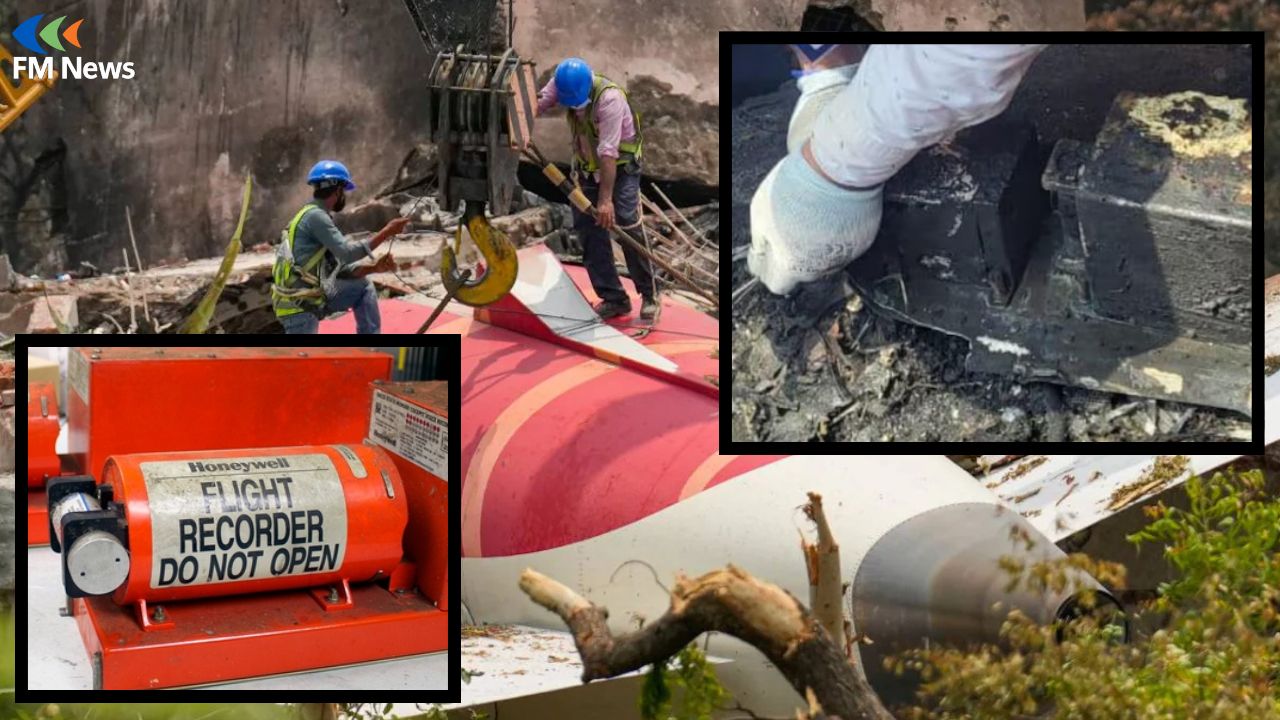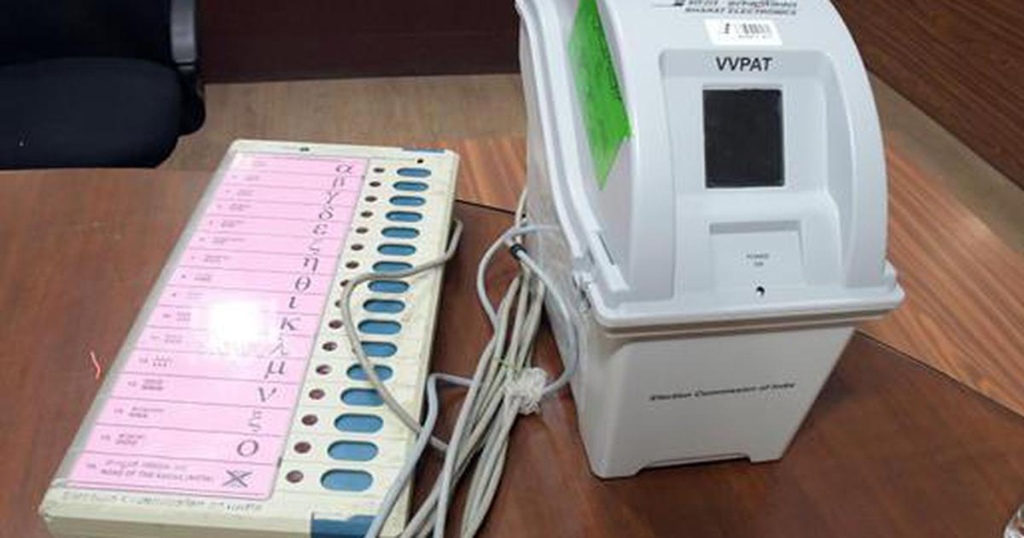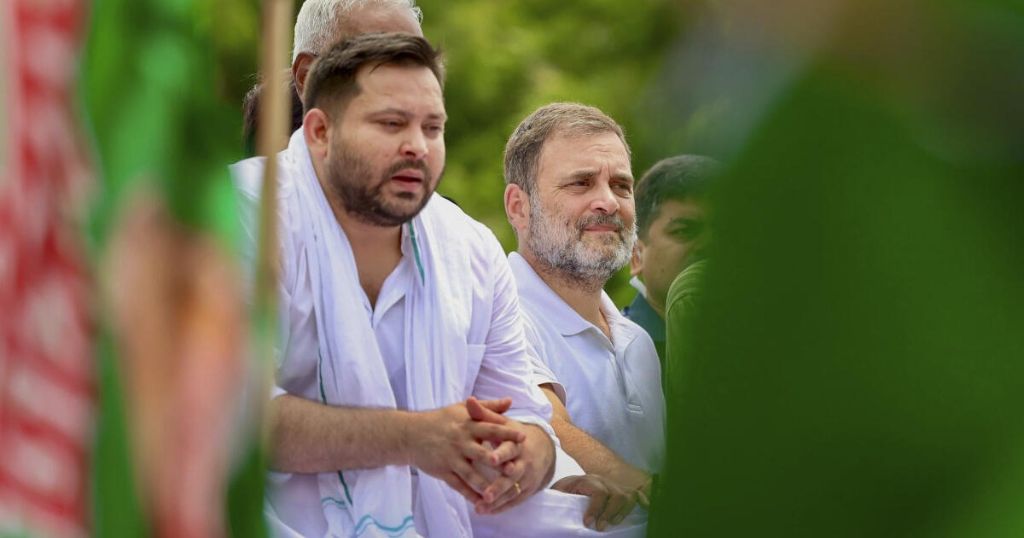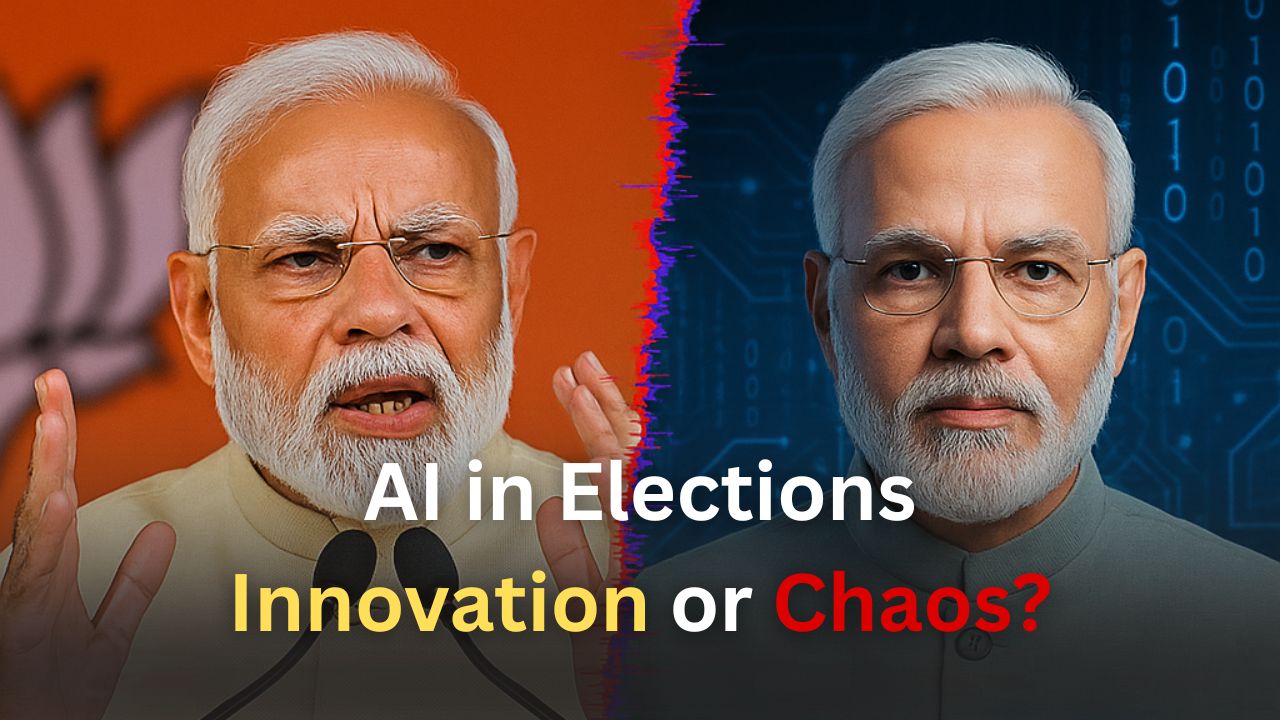
The 2025 Lok Sabha elections were not just about rallies, speeches, and posters-they were India’s first AI-driven elections. From voice cloning to fake videos, and even personalized messages in regional languages, political campaigns used artificial intelligence like never before. But while technology brought innovation, it also raised big questions about trust and misinformation.
Deepfakes: Safe or Scary?
For the first time, leaders used voice cloning and deepfake videos to connect with people in different states. For example, Prime Minister Modi’s voice was digitally recreated to send personalized messages in regional languages like Tamil, Bengali, and Marathi. This made voters feel like he was speaking directly to them. Similarly, Rahul Gandhi’s speeches were adapted using AI to reach remote areas in local dialects.
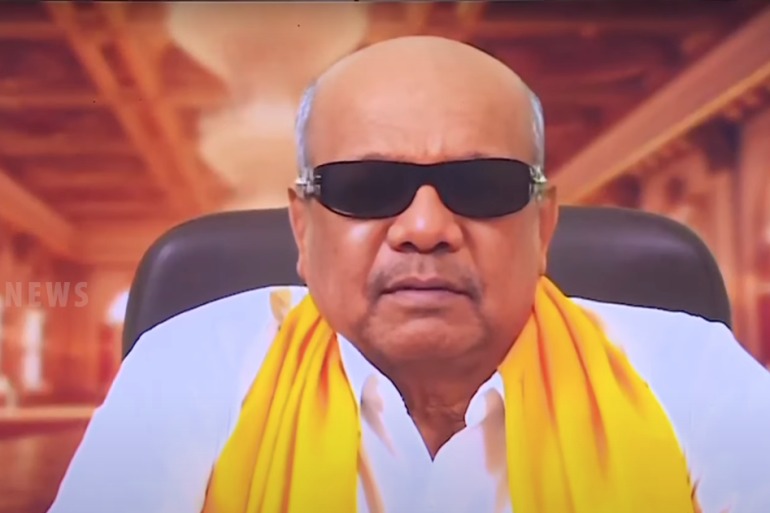
This election season saw a flood of deepfake videos on social media. Some showed famous Bollywood actors like Aamir Khan and Ranveer Singh criticizing leaders-videos that were later proved fake. Others brought back digital avatars of dead politicians like Jayalalithaa and Karunanidhi, urging people to vote for their parties. These AI-generated clips felt real and played on people’s emotions, blurring the line between truth and lies.
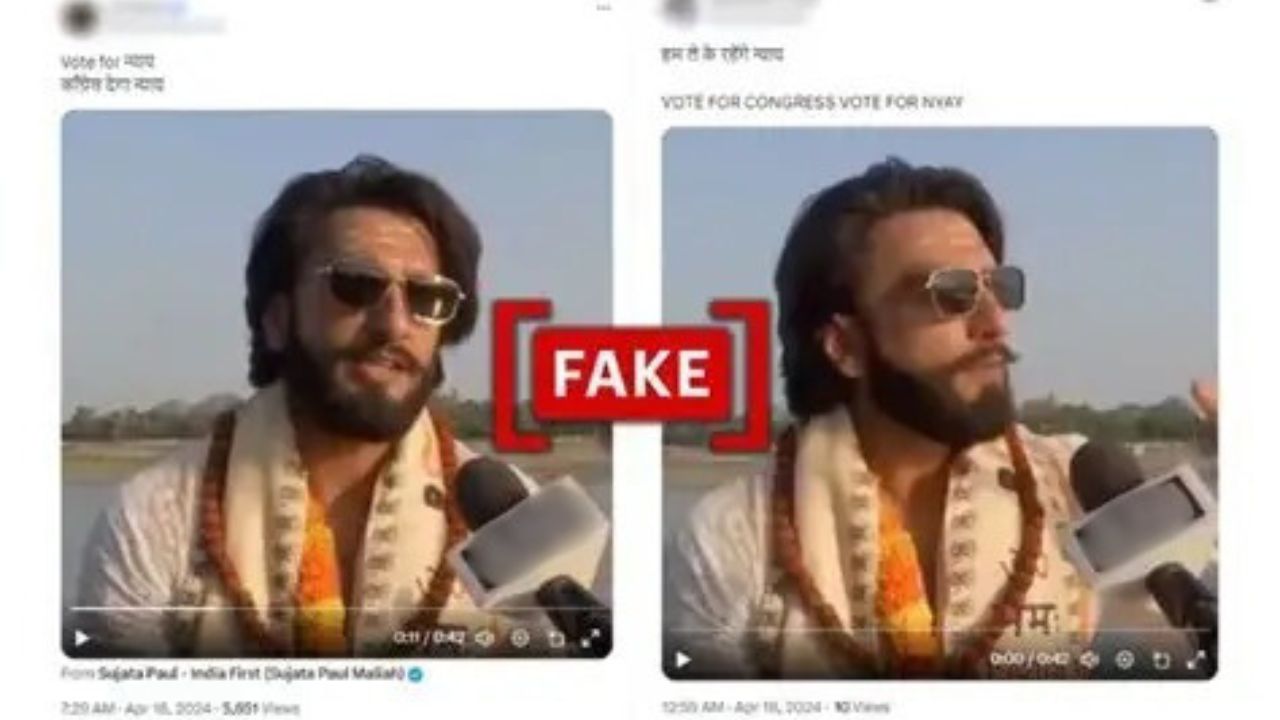
Chatbots: Connecting with Millions
Political parties also used AI chatbots to talk to voters directly. These chatbots could answer questions, share updates about rallies, and even send personalized greetings in local languages. For example, a voter in West Bengal might receive a WhatsApp message in Bengali, while a voter in Kerala got one in Malayalam.
Prime Minister Modi’s team reportedly used an AI tool to send personalized voice messages during the campaign. Voters were surprised to hear their names mentioned in the messages, making the outreach feel more personal.
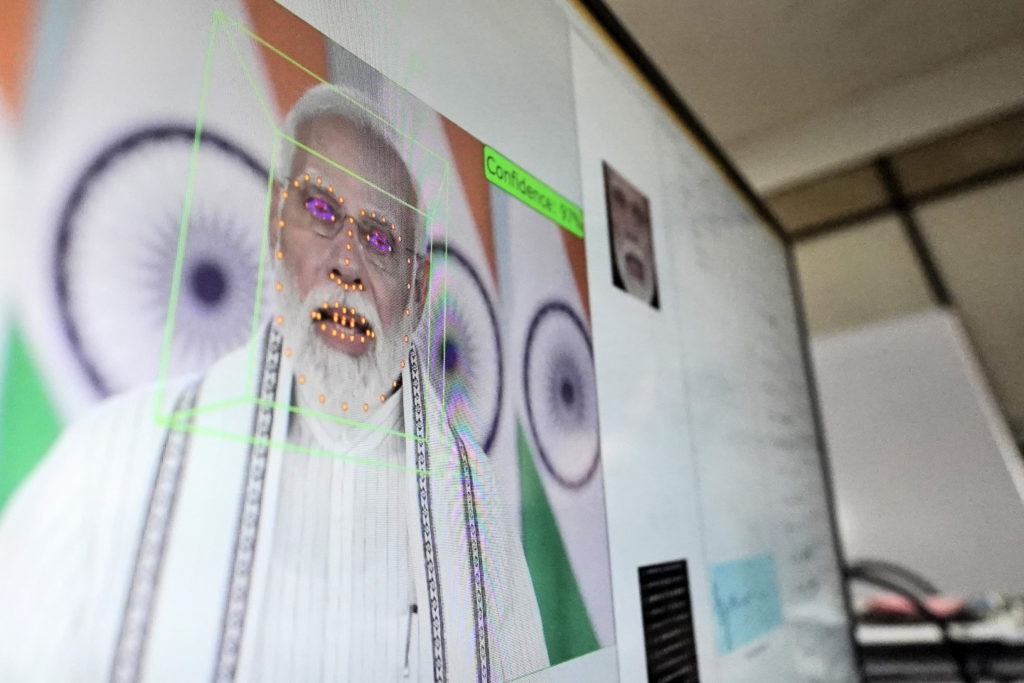
AI War Rooms and Hyper-Targeting
Behind the scenes, political parties set up AI-powered data war rooms. These war rooms analyzed voter data to create targeted campaigns. They sent customized videos, texts, and calls based on a voter’s location, language, and even previous voting behavior.
For example, in Uttar Pradesh, voters received videos addressing local issues like water supply or electricity. These messages made it look like leaders were directly speaking about their concerns.
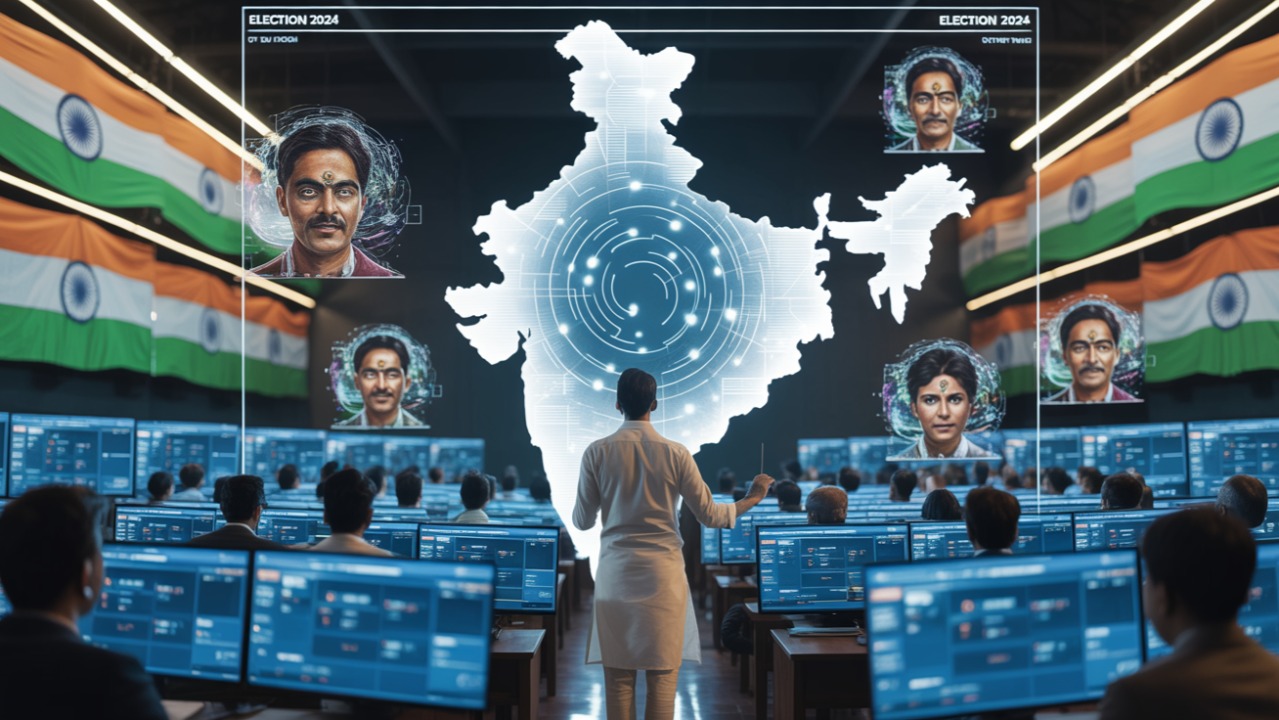
50 million Robocalls in Regional Languages
AI also allowed parties to send robocalls and video messages directly to voters’ phones. These calls even used voters’ names and local dialects to make the messages feel personal. Reports suggest over 50 million AI-generated calls were made in just two months before voting.
Global Influence: Zero Zeno Campaign
AI was not only used in India. OpenAI reported a foreign influence campaign called “Zero Zeno” targeting Indian voters. This network spread AI-generated content to support one party and criticize another. It highlighted how AI could be misused to interfere in elections.
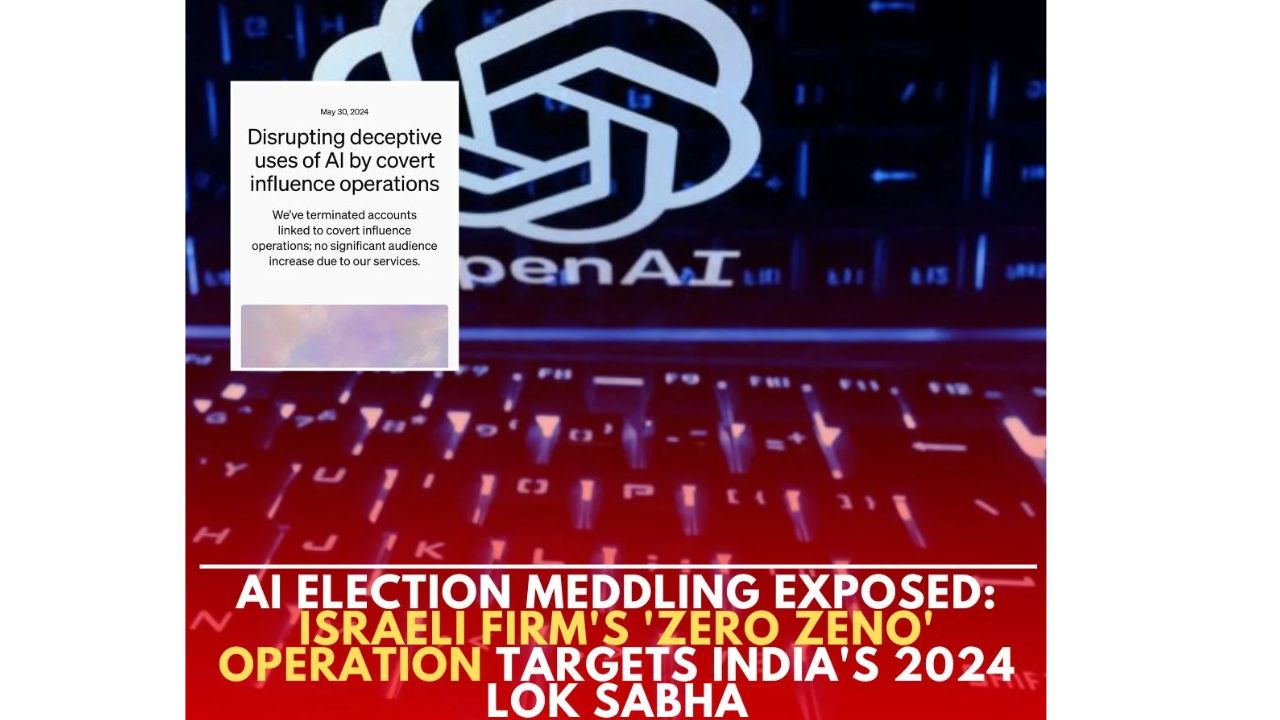
Targeted Campaigns and Meme Wars
AI helped leaders target specific groups with customized messages. Memes and short videos created by AI flooded Instagram, Facebook, and WhatsApp. Some of these were funny, but many spread false or exaggerated claims, making it harder for voters to find facts.
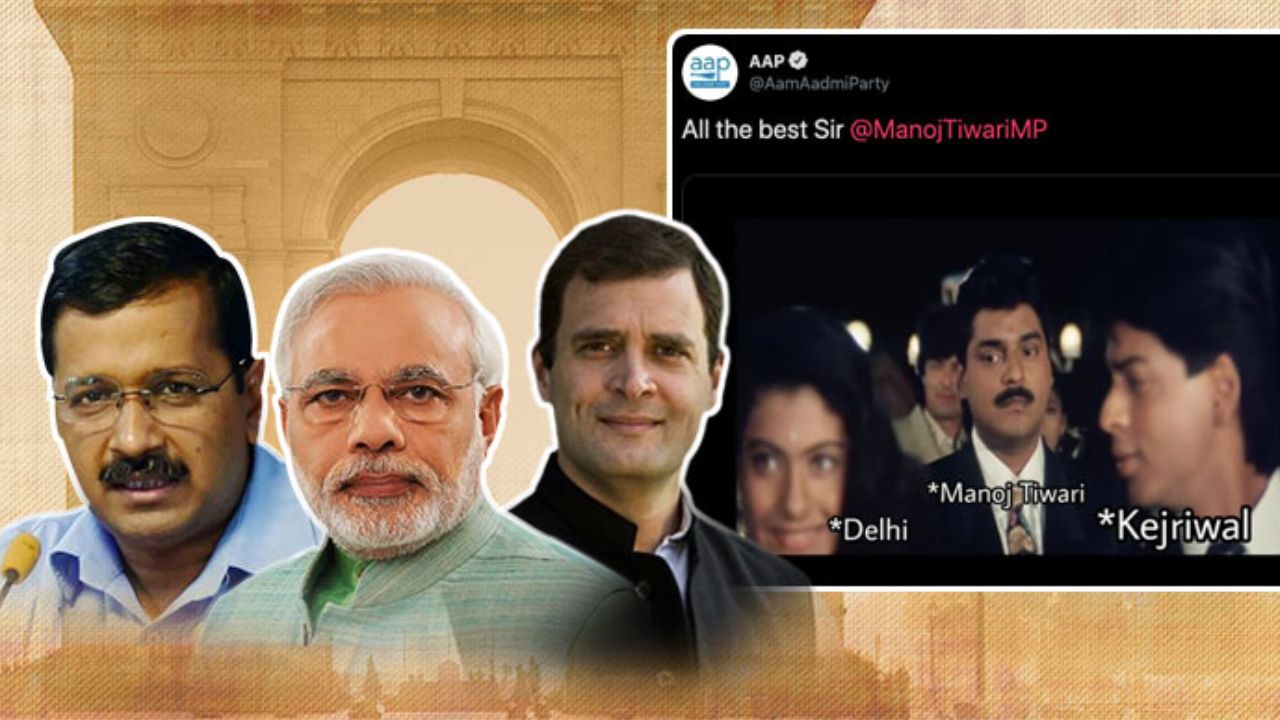
To stop AI misuse, social media platforms like Meta (Facebook, Instagram) partnered with Indian fact-checkers. New tools are being developed to detect fake AI-generated videos and images. But experts say this won’t be enough unless voters themselves learn to check facts before believing or sharing content.
The Big Question is
AI made campaigning smarter, faster, and more personal-but at what cost? As technology becomes more powerful, protecting elections from misuse is now a top priority for India and the world.
AI has changed how political campaigns work in India. From deepfakes to chatbots, these tools brought innovation but also raised big questions about trust and democracy.
As AI becomes more powerful, can we ensure it strengthens democracy instead of dividing it? Or will fake content keep deciding our future leaders?
Also Read: “President Murmu Nominates Ujjwal Nikam, Harsh Vardhan Shringla & 2 Others to Rajya Sabha” – FM News
